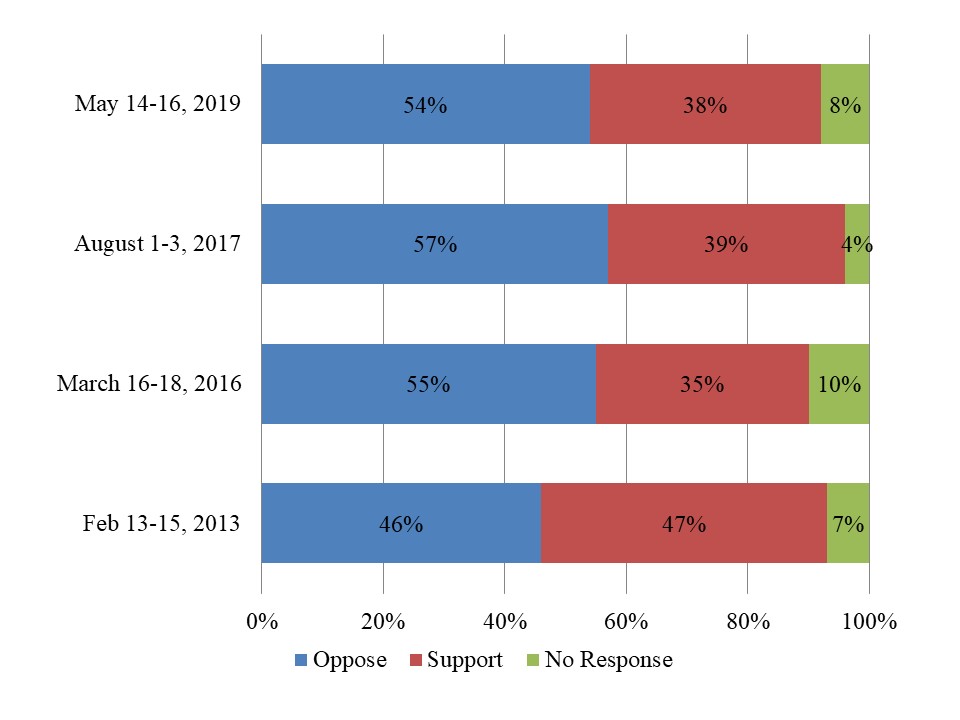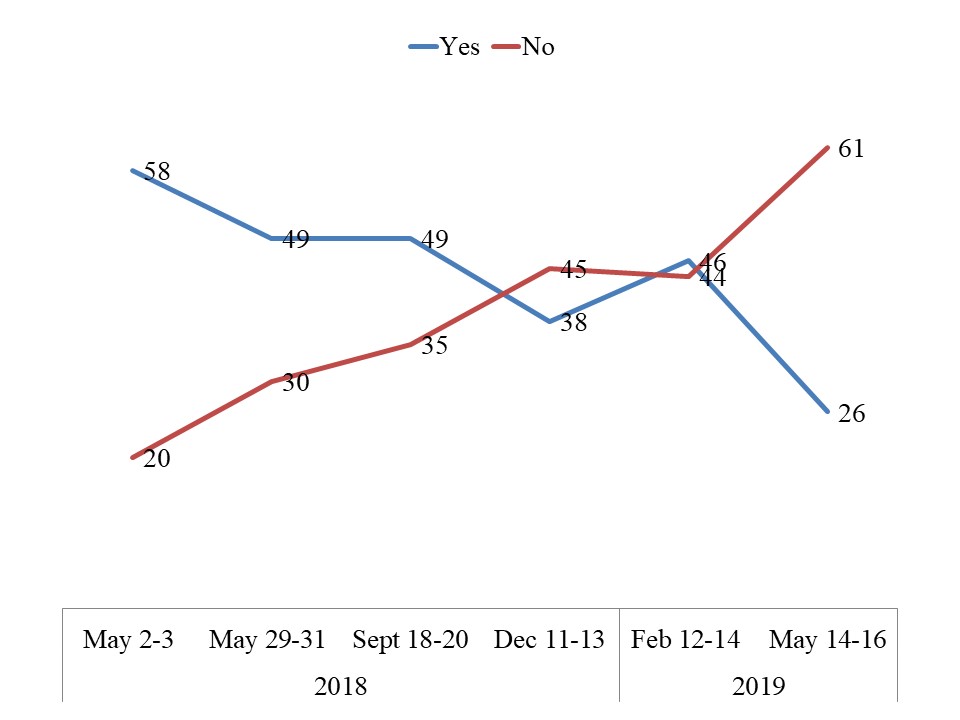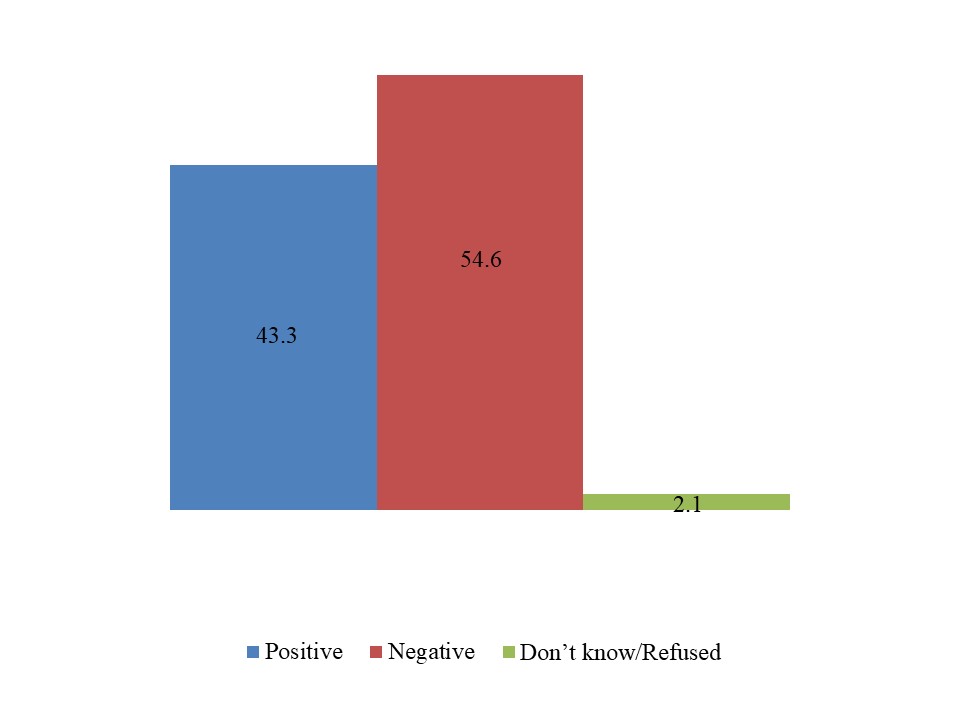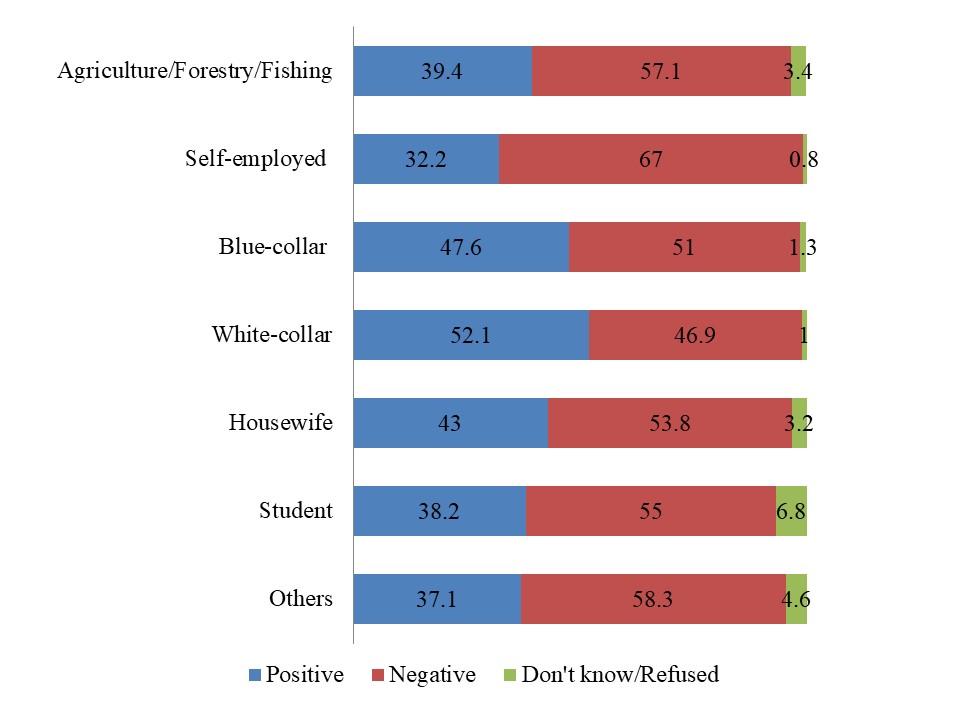North Korea
On May 9, North Korea launched two short-range ballistic missiles from the Kusong region in North Pyongan province.[1] The missiles flew 420km (1st) and 270km (2nd) with a maximum altitude of 50 km before descending into the East Sea. This round of provocation comes only five days after the last one.
President Moon stated that North Korean provocations would make dialogue difficult. Experts believe that the recent missile launches may indicate a change in North Korea’s policy towards the US. Some observers argue that more provocations by North Korea are likely. This missile launch comes amid South Korean government’s efforts to provide food aid to North Korea.
Stephen Biegun in South Korea
US Special Representative Stephen Biegun visited South Korea during May 8~11.[2] He met with South Korean Foreign Minister Kang Kyung-wha and presided over a ROK-US working group meeting with South Korea’s Special Representative Lee Do Hoon. Biegun stated that the door remains open for North Korea to return to the negotiation table.
On Humanitarian Aid
South Korea announced on May 17 that it will provide $8 million food aid to help North Korean people. The response from the South Korean public has been rather mixed.
Public Opinion on Humanitarian Aid (provided that North Korea doesn’t give up nuclear weapons)
Will North Korea follow through the agreement?[3]
Russia
An unnamed South Korean military source stated that two Russian anti-submarine Tu-142s entered the South Korean Air Defense Identification Zone (KADIZ) on May 2 without prior notice. In response, the South Korean Air Force scrambled fighter jets to escort the Russian Tu-142s. In their communication with the South Korean side, the Russian pilots stated that they were conducting military drills. It is presumed that this was a part of the Sino-Russian naval drills (Maritime Cooperation 2019) held near Qingdao during April 29~May 4.[4]
Unemployment
On May 15, Korea Statistics (KOSTAT) released the ‘Economically Active Population Survey (April 2019).’ According to the latest report, the number of unemployed people totaled 1.245 million during April, which is an increase of 7.2 percent from a year earlier. The level is highest since 2000 when the country was struggling to recover from the Asian Financial Crisis.[5]
Exports and US-China Trade
According to a report released on May 12 by the Institute for International Trade (IIT) of the Korea International Trade Association (KITA), the US-China trade dispute would lead to a decline of 0.14 percent (USD 870 million) in South Korea’s total exports. The impact of the US-China trade dispute on South Korean economy is significant. As of last year, South Korea’s exports to the US and China account for 12.1 percent and 26.8 percent of its total exports, respectively.[6]
Public Opinion on the Economy
According to a poll conducted by the JoongAng Ilbo, 54.6% of South Koreans are not satisfied with the Moon administration’s economic policy. The breakdown by occupational category reveals that self-employed business owners were among the most dissatisfied group, with 67.0% responding that they are not happy with the government’s economic policy.[7]
Public Evaluation of the Economic Policy
[1] “北, 잇단 미사일 발사로 긴장 고조…9·19 군사합의 파열음,” 동아일보, 2019년 5월 10일.
[2] “김현종·강경화·김연철 하루만에 만난 美비건… 면담 내용은 비공개,” 조선일보, 2019년 5월 11일.
[3] Gallup Korea, Date: May 14-16; sample size: 1,004; margin of error: +3.1 at the 95% confidence level.
[4] “러 초계기, 3일 제주쪽 방공식별구역 침범…韓 대응출격,” 조선일보, 2019년 5월 8일.
[5] “[계속되는 고용불안]실업자〮실업률 모두 역대 최고…청년 체감실업률 25%대 지속,” 헤럴드경제, 2019년 5월 15일.
[6] “’한국, 미·중 무역전쟁에 올 수출 1조 줄어들 것’,” 중앙일보, 2019년 5월 13일.
[7] “문재인 정부 경제정책 ‘잘했다’ 43% ‘잘못했다’ 55%,” 중앙일보, 2019년 5월 10일.
Contributing Staff (in alphabetical order): Hong Sang-hwa and Kim Seonkyung
Editor: J. James Kim

 Facebook
Facebook Twitter
Twitter


